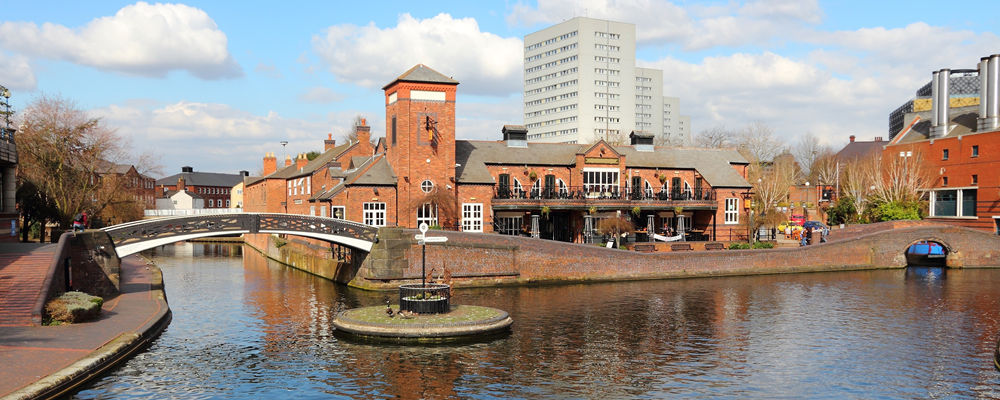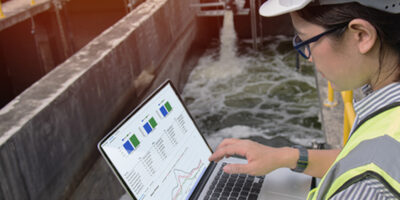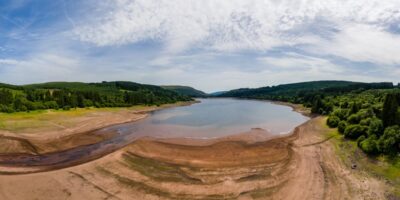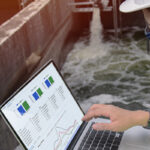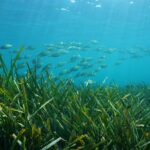Urban waterways are water bodies in an urban environment – either naturally occurring or deliberately designed and constructed as part of a drainage system. By channelling stormwater rapidly to a common outlet such as rivers, lakes, or bays, urban waterways play an important role in reducing flooding in the cities.
Due to elevated levels of pathogens, turbidity, nutrients and heavy metals originating from anthropogenic activities, as well as discharges from wastewater treatment plants and combined sewage overflows (CSOs), the water quality in urban waterways has become a growing concern among governments and water authorities. Poor water quality in urban waterways greatly affects their ability to provide ecosystem services such as recreation, tourism and biodiversity, and hinders the life cycle of natural resources.
Much higher pollution levels in urban rivers
According to UNESCO, the global urban population is estimated to grow from 3.9 billion people today to 6.3 billion in 2050. This means that for the first time in history, more than half of the global population are living in towns and cities. Along with the rapid increase in urban population comes an inevitable decrease in freshwater quality.
In New Zealand, for example – where 86% of the population are living in urban areas – urban rivers have 30 times higher E. coli, 3.3 times higher turbidity, 19.5 times higher nitrate-nitrogen levels, and 4.7 times higher dissolved reactive phosphorous than rivers dominated by native land cover. Data collected in the past five years revealed that 94% of the total river length in urban areas is at high risk for swimming. (Ministry for the Environment and Statistics New Zealand, 2019).
Major drivers of pollution
It is not uncommon for urban freshwater bodies such as streams, rivers or lakes to be regarded as receptors for untreated urban runoff. Predominant pollutants in urban runoff include heavy metals such as zinc and copper, total suspended solids, nutrients like nitrogen and phosphorus, polyaromatic hydrocarbons, and pathogens such as E. coli. In some cities where stormwater and sewage are not separated, urban waterways also receive CSOs in the catchments, polluting receiving bodies such as coasts and rivers and making them unsafe for swimming and contact recreation.
There are two types of pollution influencing the water quality in receiving urban water bodies
- Point source: this type of pollution is caused by localised pollutant discharges. Municipal wastewater outfalls, industrial wastewater outfalls, septic tank discharges and waste spills fall under this category of pollution. They are readily identifiable as single or multiple point locations.
- Diffuse source: this type of pollution is either a composite of different point sources or originates over large areas. Rainfall run-off from different land use types is considered diffuse source pollution as it collects litter, sediments, oil, grease, bacteria, fertilisers (excess nutrients), heavy metals and other toxic substances as it travels across different surfaces. Because of this diffuse nature, it is more difficult to control than point source pollution.
Ways to mitigate freshwater pollution
Mitigation measures to reduce stormwater and wastewater contamination to urban waterways can be classified into broad categories of targeted infrastructure and source control management.
‘Targeted infrastructure’ includes upgrade of relevant water infrastructure as well as implementing water sensitive urban design (WSUD), an approach to planning and designing urban areas. WSUD promotes the use of natural resources and integration of natural water systems into urban landscapes to:
- assist in the trapping of sediments and pollutants for improved water quality
- increase residence time in ponds and wetlands to allow more sediments to settle
- enhance infiltration; and
- increase groundwater recharge for healthier aquatic ecosystems
‘Source control management’ is also being considered more frequently to reduce pollution in urban waterways. For example, copper-free brake pads in vehicles are increasingly being adopted to reduce copper pollution in stormwater runoff, and stepping up street sweeping to remove suspended solids and metals is now widely practised in many cities around the world. Other management initiatives have focused on removing legacy contamination from heavily polluted waterways, through dredging, to reduce resuspension of contaminants.
Proactive management through water modelling
Proactive management initiatives could be undertaken to identify hotspots of pollutant sources through water modelling. Relevant stormwater quality models will allow for more targeted infrastructure or management solutions to be implemented. For example, by using MIKE+, the integrated water modelling platform, we will be able to model the amount of surface pollution in urban catchment and how it varies in space and time.
Ideally, the modelling software you use should also be able to handle modelling impacts on water quality by drainage network separation, stormwater treatment prior to release to receiving waters, as well as untreated stormwater overflows. For best results, it should support different methods for simulating processes related to stormwater quality, including build-up/washoff and event mean concentration methods.
Sustainable stormwater management is a global focus
City planners, water utilities, municipalities and urban developers value integrated solutions for sustainable stormwater management. Contact us and learn how your city can benefit from reduced runoff and improved water quality through smart and sustainable solutions.
This blog article was adapted from the article ‘The Impact of Urbanisation on New Zealand Freshwater Quality’ by Kalyan Chakravarthy, Frances Charters, and Thomas A. Cochrane (Policy Quarterly – Volume 15, Issue 3 – August 2019)
